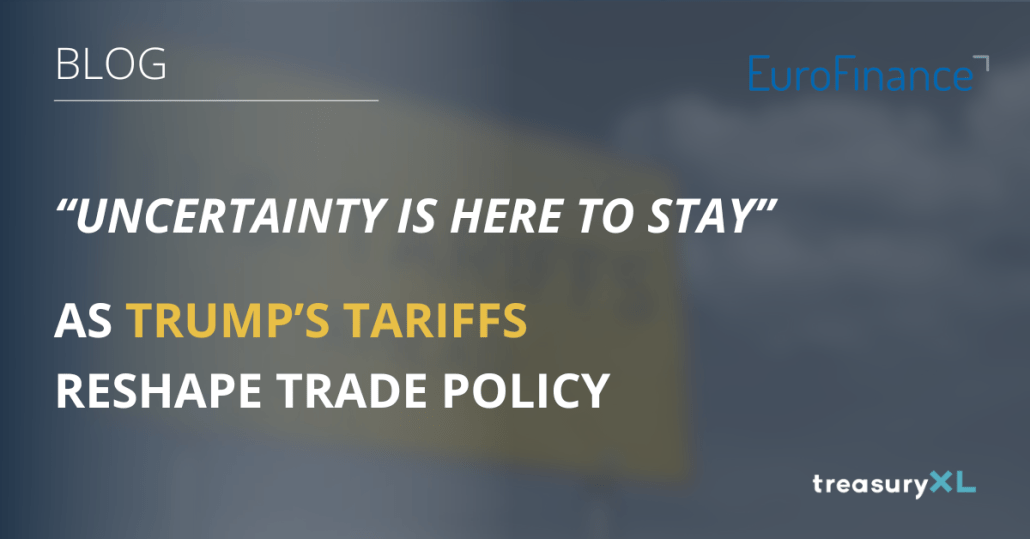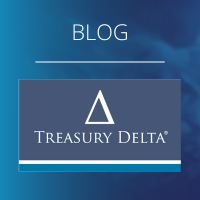The United States is at the centre of a trade policy revolution, driven by the return of President Donald Trump to the White House.
His second term has adopted an aggressive approach to trade, one that is rewriting the rules of international commerce and disrupting global supply chains. Mary E. Lovely, a senior fellow at the Peterson Institute for International Economics, describes the current situation as an “upheaval,” a term she has never before used to describe trade policy.
What makes this moment particularly challenging, she argued, is the deep uncertainty surrounding United States trade actions. “Uncertainty is not a bug of this administration; it’s a feature,” she emphasises. Businesses, investors, and policymakers must navigate an environment where trade rules and tariffs shift rapidly, complicating long-term planning.
The Trump administration’s aggressive trade stance is built around three key pillars: reshoring American manufacturing, using tariffs as revenue, and leveraging trade policy for geopolitical influence. But while these goals are clearly stated, the impact on businesses, consumers, and the broader economy is more complex and often destabilising, according to Lovely.
A striking characteristic of Trump’s trade policy is its unpredictability. This uncertainty complicates corporate decision-making, affecting choices on investments, supply chains, and market strategies. Companies are finding it harder to decide where to build production plants or whether to enter new markets, given the instability in trade policy.
Tariffs as the cornerstone of Trump’s trade agenda
Trump’s administration has set three key trade policy goals:
- Reshoring manufacturing – “The first goal is to use tariffs as a way to reshore activity to the United States,” said Lovely. The idea is that by making imports more expensive, domestic industries will expand. But she warned that tariffs not only make foreign goods more costly but also raise the price of their domestic substitutes.
- Revenue generation – According to Lovely, tariffs also act as a financial tool and with Trump’s tax cut extensions requiring budget offsets, tariffs compensate for lost revenue.
- Geopolitical leverage – “Tariffs and other trade threats, including fees on docking ships, are used to strong-arm foreign policy changes,” she noted. The administration has used trade measures to pressure allies and adversaries into making concessions on issues such as defense spending, trade agreements, and even immigration policy.
The expanding web of tariffs
The Trump administration’s tariff strategy is extensive, covering multiple sectors and regions.
- “Friend” tariffs – Despite long-standing trade partnerships, countries like Canada and Mexico have been targeted. “We always thought Canada and Mexico were our friends,” Lovely said, adding that tariffs on these countries are an enormous shock to businesses reliant on North American trade.
- “Enemy” tariffs – The administration continues to increase tariffs on Chinese goods, with some categories now facing a 20% tariff. “Previously, many Chinese electronics came in duty-free, but that’s no longer the case,” she explained.
- Sector-specific tariffs – Industries like steel, aluminium, copper, and pharmaceuticals are being targeted. “There’s an emphasis on heavy manufacturing, such as steel and aluminum, but we’re seeing new investigations into other materials,” she says.
- Trade balancing tariffs – Trump’s team has identified nations with large trade surpluses with the US, like China, the EU, Mexico, Vietnam, and Taiwan, as potential targets.

The business impact: a “triple whammy”
For American exporters, these policies present significant challenges. “Exporters are facing what I call the triple whammy,” Lovely stated.
- Higher input costs – US manufacturers now pay more for steel, aluminum, and electronic components.
- A stronger dollar – Tariffs drive up the value of the US dollar, making US goods more expensive overseas.
- Foreign retaliation – Other nations are imposing retaliatory tariffs, further limiting market access for U.S. firms.
This combination threatens to erode the competitive edge of US companies in global markets, according to Lovely.
Consumer costs and inflationary pressures
For US households, these policies mean higher prices. Lovely pointed to past examples: “When we placed tariffs on washing machines, the price of washing machines rose in direct proportion to the tariffs. Even dryers, which weren’t subject to tariffs, saw price increases.”
With fresh tariffs on electronics, steel, and aluminum, similar price hikes are expected across consumer goods, from kitchen appliances to automobiles. “Tariffs are a tax on consumers,” she emphasises.

Global repercussions, market adjustments and the risk of stagflation
Internationally, the response to US trade policies has been swift. “We’re already seeing retaliation from Canada and Mexico,” Lovely noted. China, meanwhile, is adapting by deepening its economic ties with other nations: “China’s exports to middle- and low-income countries have been growing for at least 20 years, and these tariffs may accelerate that trend.”
At the same time, regional trade agreements are gaining momentum. “We’re seeing more countries joining the CPTPP, the successor to the Trans-Pacific Partnership, as they seek alternatives to U.S.-led trade structures,” she observes.
A major concern surrounding Trump’s trade policies is the risk of stagflation—a mix of slow growth and rising inflation. “The economic drag from tariffs, coupled with retaliation, will push the U.S. toward slower growth,” Lovely warned.
The Federal Reserve’s response is uncertain. “If tariffs prove highly inflationary, the Fed may be forced to hold back on rate cuts,” she explained. However, if economic indicators weaken, pressure could mount to lower interest rates despite inflationary concerns.
The future of US trade relations
Looking ahead, Lovely cautions that the US trade landscape is shifting unpredictably. “Hard economic realities should be factored into any scenario planning,” she advised. While the Trump administration sees tariffs as a way to create a manufacturing renaissance, businesses and consumers will bear the costs in the form of higher prices and constrained market opportunities.
US businesses must prepare for ongoing trade uncertainty as the rest of the world adapts. “Other countries can make deals too,” she noted, highlighting the possibility of greater integration among US trading partners outside the American sphere of influence.
The long-term effects of these policies remain to be seen, but one thing is clear: “We are witnessing an enormous change in how the US interacts with the global economy,” Lovely concluded. “And uncertainty is here to stay.”













